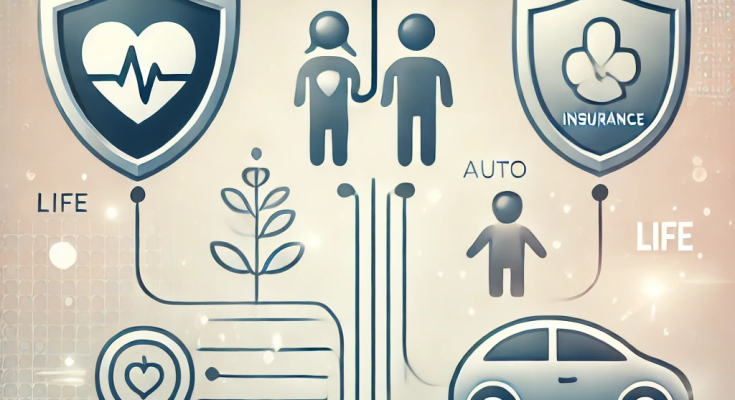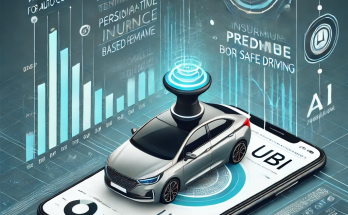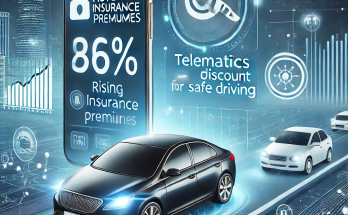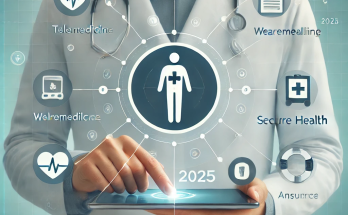Introduction
The insurance industry is undergoing rapid transformation, driven by technological advancements, shifting consumer demands, regulatory changes, and rising costs.
Life, health, and auto insurers are adapting by introducing personalized policies, integrating AI and data analytics, and offering more flexible coverage options to meet the needs of modern consumers.
In this article, we explore the latest trends shaping life, health, and auto insurance, how insurers are responding, and what the future holds for policyholders.
1. Life Insurance: The Shift Toward Personalization & Digital Integration
A. Personalized & Usage-Based Life Insurance (UBLI)
Traditional life insurance policies offered fixed premiums based on limited data like age, gender, and health history. Today, insurers are shifting to Usage-Based Life Insurance (UBLI), which adjusts premiums based on real-time health and lifestyle data.
🔹 How It Works:
✅ Policyholders use wearable devices (Fitbit, Apple Watch) to track health metrics.
✅ AI-driven analytics reward healthy behavior with lower premiums.
✅ Dynamic underwriting enables real-time policy adjustments.
💡 Example: John Hancock’s Vitality Program lowers premiums for policyholders who maintain active lifestyles and track fitness metrics.
B. AI-Driven Underwriting & Instant Approvals
🔹 AI-powered algorithms analyze vast amounts of data to provide faster underwriting.
🔹 Instant life insurance approvals with minimal medical exams.
🔹 Predictive analytics reduce fraud and improve risk assessments.
💡 Example: Insurtech startups like Ethos and Ladder offer instant term life insurance approvals without lengthy paperwork.
2. Health Insurance: Managing Rising Costs & Expanding Digital Healthcare
A. AI & Predictive Analytics in Health Insurance
Health insurers are adopting AI-driven solutions to optimize risk assessment and claim processing.
✅ Predictive analytics identify potential health risks before they become costly.
✅ AI chatbots assist policyholders with claims and healthcare recommendations.
✅ Fraud detection tools prevent billing inaccuracies.
💡 Example: Cigna uses AI to analyze patient histories, flagging potential chronic illnesses early to lower long-term costs.
B. Telemedicine & Virtual Health Plans
The demand for telehealth services and virtual healthcare coverage has skyrocketed.
✅ Insurers now cover telehealth consultations as standard benefits.
✅ Hybrid healthcare plans integrate in-person and virtual medical services.
✅ AI-powered diagnostics assist doctors in remote patient monitoring.
💡 Example: UnitedHealthcare offers digital-first health plans that prioritize virtual consultations before in-person visits, reducing costs.
3. Auto Insurance: Telematics & Behavior-Based Policies
A. The Rise of Usage-Based Auto Insurance (UBI)
UBI is revolutionizing auto insurance by offering personalized premiums based on real driving behavior.
✅ Safe drivers enjoy discounts for maintaining good habits.
✅ Pay-per-mile insurance lowers costs for low-mileage drivers.
✅ Telematics devices track braking, speed, and mileage to determine pricing.
💡 Example: Progressive’s Snapshot program rewards drivers with up to 30% discounts based on their driving habits.
B. AI in Claims Processing & Fraud Detection
🔹 AI-powered claims processing reduces settlement times from weeks to days.
🔹 Machine learning models detect fraudulent claims in real-time.
🔹 Automated risk assessments personalize coverage options.
💡 Example: Lemonade uses AI to process auto insurance claims instantly, paying out certain claims in minutes.
4. The Future of Insurance: What’s Next?
🔮 AI-Driven Risk Assessment – AI will predict risks with greater accuracy, leading to more personalized policies.
🔮 Blockchain-Based Smart Contracts – Insurance policies will be stored on tamper-proof blockchain networks, improving security.
🔮 Embedded Insurance – Consumers will buy insurance directly within products (e.g., Tesla offering built-in auto insurance).
🔮 Subscription-Based Insurance – Flexible monthly insurance plans will replace long-term contracts.
💡 Example: Tesla’s built-in auto insurance model adjusts premiums based on real-time Autopilot usage.
Life, health, and auto insurance are evolving rapidly, with insurers embracing AI, telematics, and digital health solutions to offer more flexible, personalized coverage.
Key Takeaways:
✔️ Life insurance is shifting toward wearable-based tracking and AI-powered underwriting.
✔️ Health insurance is focusing on AI-driven risk assessment, telehealth, and cost reduction.
✔️ Auto insurance is adopting usage-based pricing models and AI-powered claims processing.
✔️ The future of insurance will be data-driven, personalized, and tech-integrated.
As the industry transforms, policyholders who embrace digital-first insurance solutions will benefit from lower premiums, faster claims processing, and more tailored coverage.



